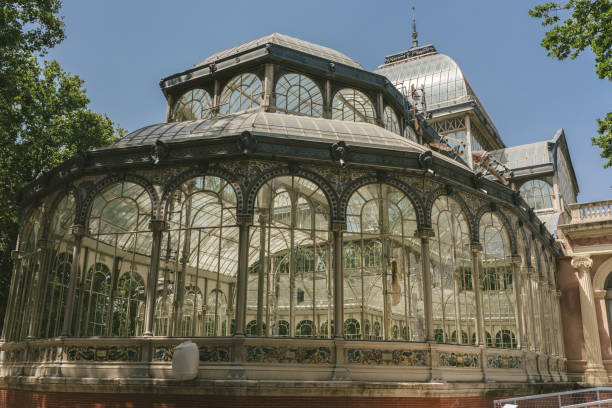Embarking on the adventure of building a greenhouse is thrilling for any gardening enthusiast, especially in varying climates. Choosing a Gothic arch greenhouse offers both aesthetic charm and practical advantages. However, the costs can be intimidating. This guide will delve into practical, budget-friendly strategies for constructing your first Gothic arch greenhouse, ensuring you make the most of your investment without sacrificing quality.
Understanding Gothic Arch Greenhouses
A Gothic arch greenhouse is distinguished by its pointed roof, which not only adds an elegant touch but also offers excellent snow resistance—a crucial feature in colder regions. This architectural style blends functionality with aesthetics, ensuring optimal light penetration for photosynthesis and efficient air circulation to maintain a healthy growing environment. The increased height of the arches accommodates taller plants and maximizes space, making it suitable for various horticultural endeavors. This design seamlessly combines beauty and practicality, enhancing the well-being of the plants inside.
Plan Thoroughly
- Site Selection: Choosing the right location in your property can save you money down the line. Consider natural windbreaks and sun exposure to minimize the need for artificial heating and cooling.
- Size Matters: Build only as large as you need, considering future expansions. Starting small can significantly reduce initial costs and allow for more manageable maintenance.
Cost-Effective Building Materials
- Frame Materials: While metal frames are durable, using local wood can cut costs and still provide the needed sturdiness, especially if treated correctly for weather resistance. Recycled or reclaimed wood from local sources can also be a budget-friendly option with environmental benefits.
- Covering Options: Polycarbonate panels offer a cost-effective alternative to glass while delivering superior insulation, crucial for energy conservation across different climates. Additionally, their lighter weight reduces the expense of the supporting structures.
DIY vs. Professional Installation
- DIY Installation: Taking on the construction yourself can save labor costs. There are numerous resources and guides available that can assist you in building a Gothic arch greenhouse. Ensure you have the right tools and enough help to handle the more challenging aspects safely.
- Professional Help: For aspects like the foundation or electrical work, hiring professionals can prevent costly mistakes. Compare quotes and seek recommendations to find specialists suited to a tight budget.
Sustainable Practices
- Water Conservation: Install a rainwater harvesting system to irrigate your greenhouse. Utilizing rainfall can supply ample water, decreasing dependence on municipal systems and reducing water bills.
- Energy Efficiency: Strategically placing your Gothic arch greenhouse to maximize sun exposure during winter can drastically reduce heating costs. Consider using thermal mass, like water barrels painted black, to absorb and slowly release heat during colder nights.
Maintenance and Upkeep
- Regular Maintenance: Keep your greenhouse in top condition by regularly checking for any structural damages or potential improvements. Preventative maintenance can be far cheaper than major repairs.
- Upgrade Gradually: Start with the essentials and upgrade your greenhouse components as more funds become available. This incremental approach spreads out expenses and makes each addition more manageable financially.
Conclusion
Building a Gothic arch greenhouse in Colorado doesn’t have to break the bank. With careful planning, you can select cost-effective yet durable materials that will withstand the region’s unique weather conditions. Consider utilizing locally-sourced materials which can reduce costs and support sustainability. Exploring DIY options allows you to tailor the project to your specific gardening requirements while saving money on labor. Additionally, researching energy-efficient heating and irrigation systems can further optimize your greenhouse’s performance without escalating expenses. Embrace these cost-effective tips to cultivate a thriving greenhouse environment that will benefit your gardening endeavors for years to come.

